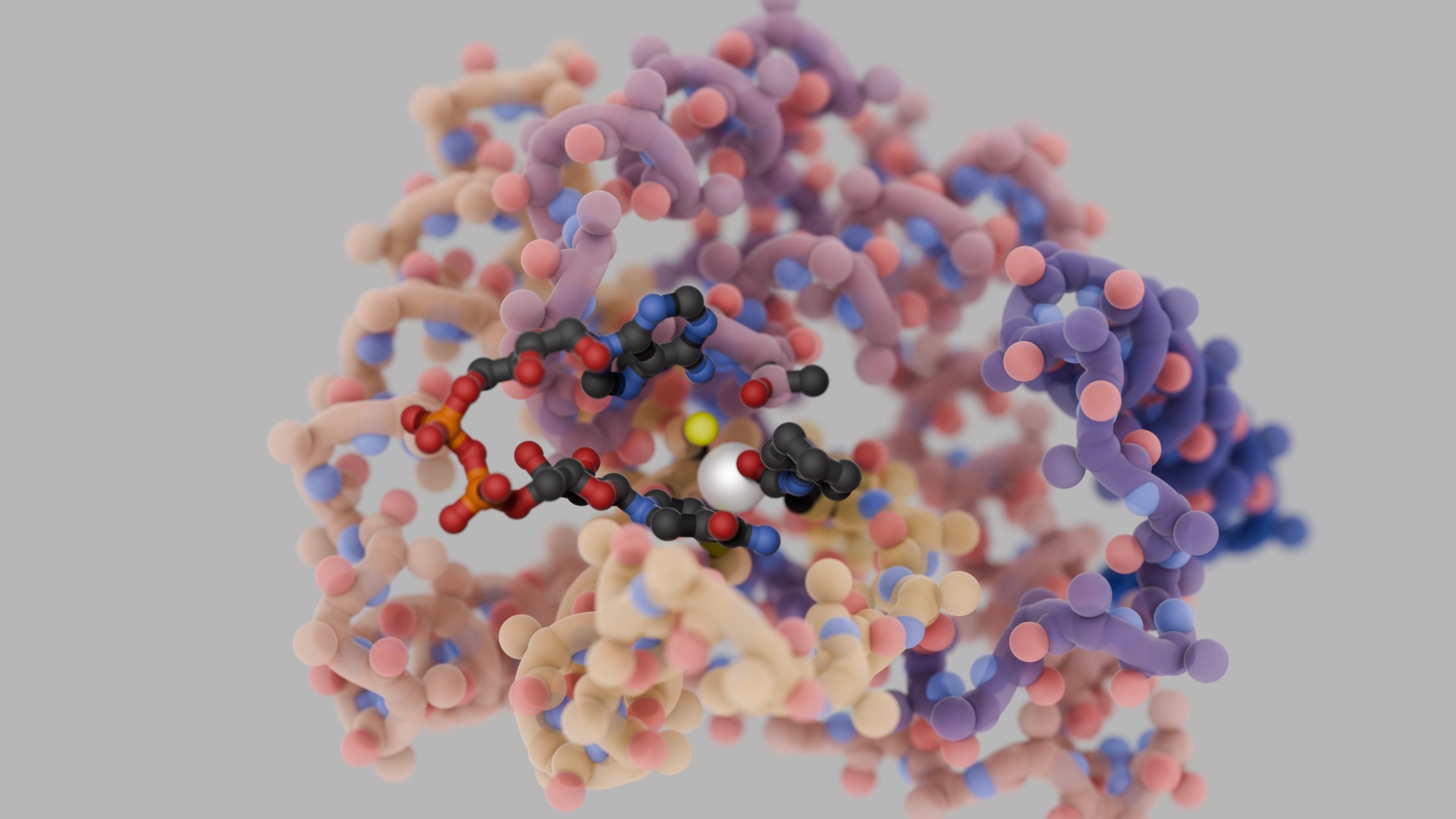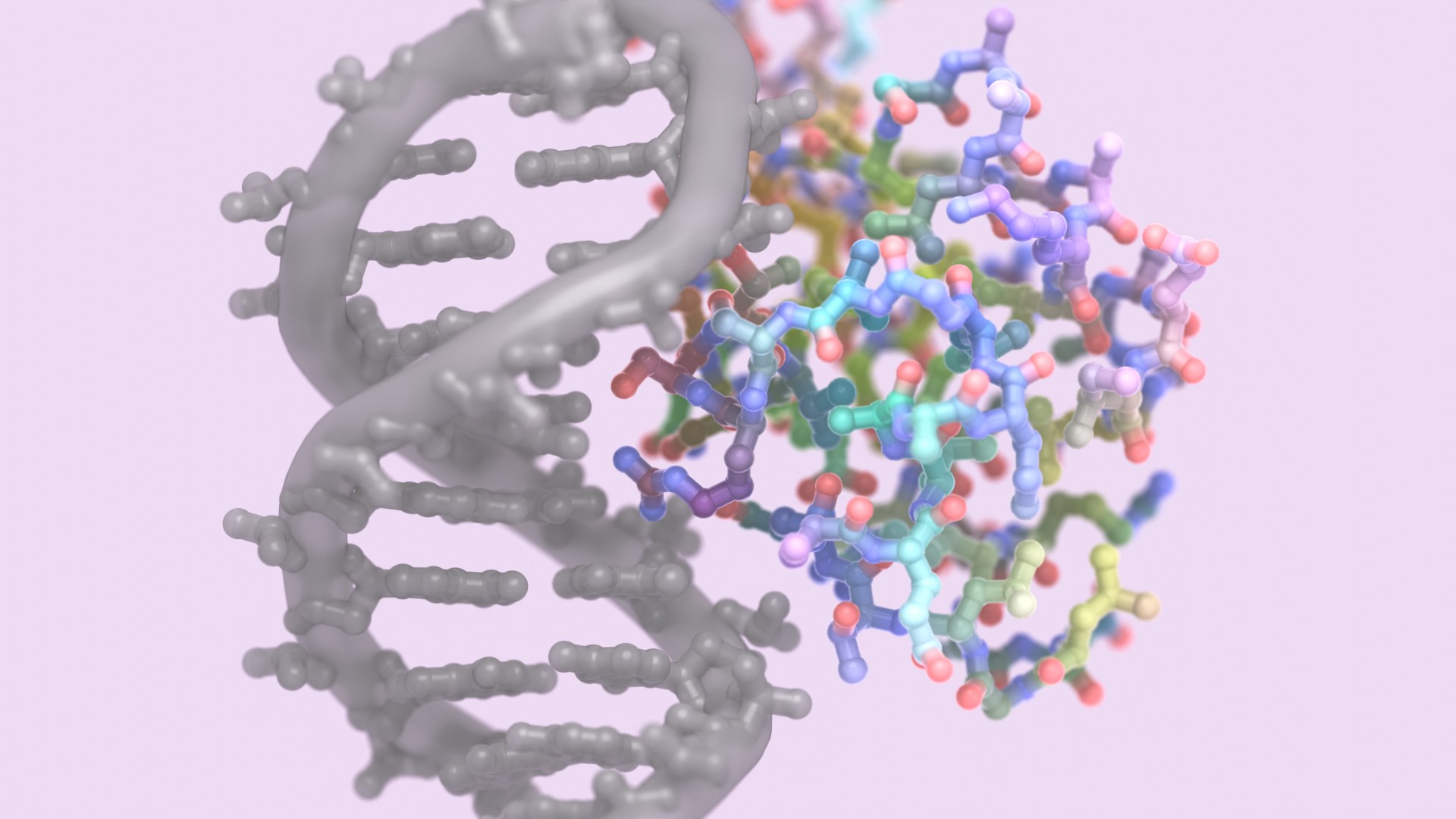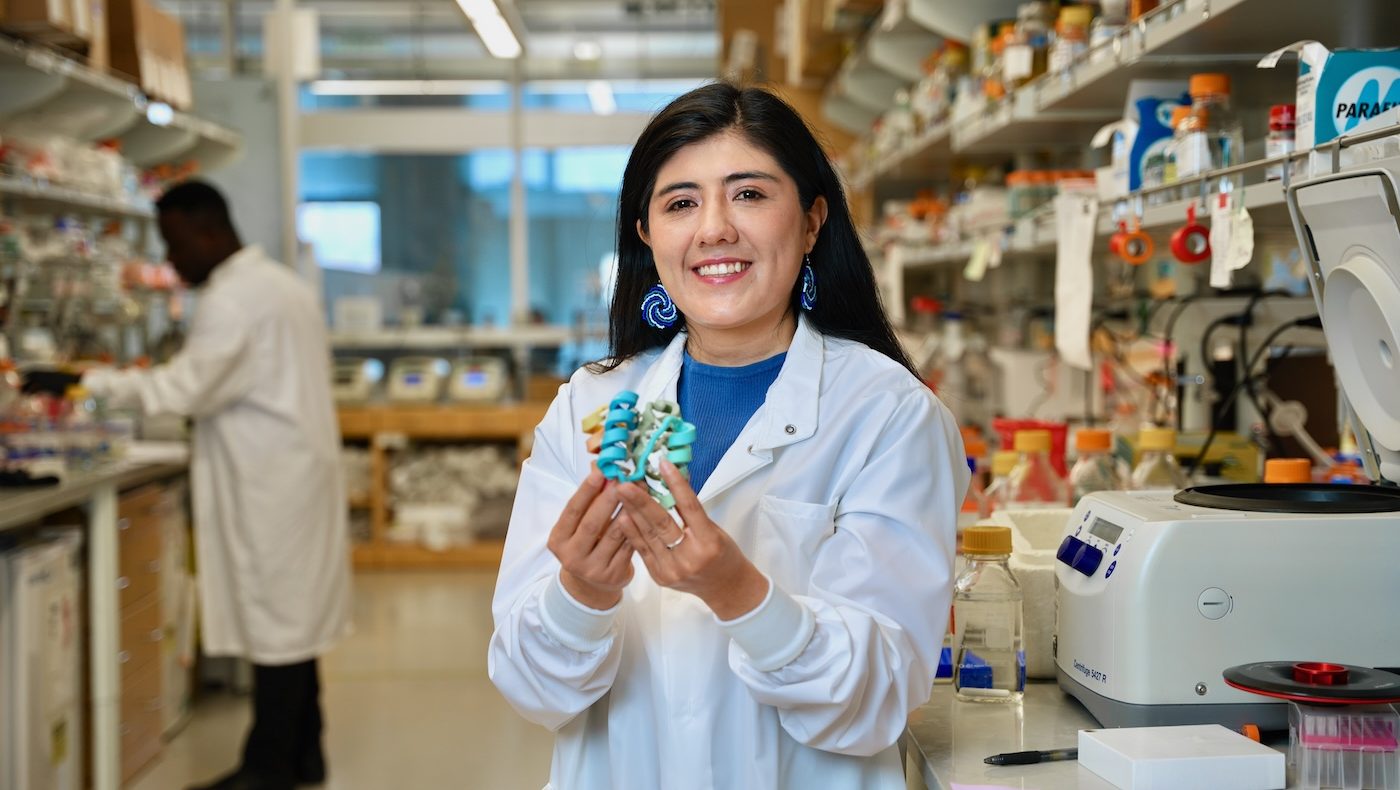Today we published new research that may one day be applied to help remove large amounts of excess carbon from the environment.
In a paper appearing in Nature Communications, we show that custom proteins can drive the formation of carbon-rich minerals in laboratory settings. This offers a potential pathway for enhanced carbon storage via engineered organisms. This research was performed in collaboration with the Center for the Science of Synthesis Across Scales (CSSAS), which is co-led by the UW and Pacific Northwest National Laboratory (PNNL).
“In nature, proteins are behind the growth of bones, shells, and other durable materials like limestone. We’re now exploring how custom proteins can be used to create a wide range of new, robust materials. This study is an important first step, showing we can guide mineral formation in novel ways,” explains senior author David Baker.
The project was led by Baker Lab members Fatima Davila-Hernandez and Harley Pyles, and PNNL postdoctoral research associate Biao Jin of the De Yoreo research group. Jim De Yoreo is a Battelle Fellow at PNNL, an affiliate professor of materials science and engineering and of chemistry at the UW, and the Deputy Director of CSSAS.
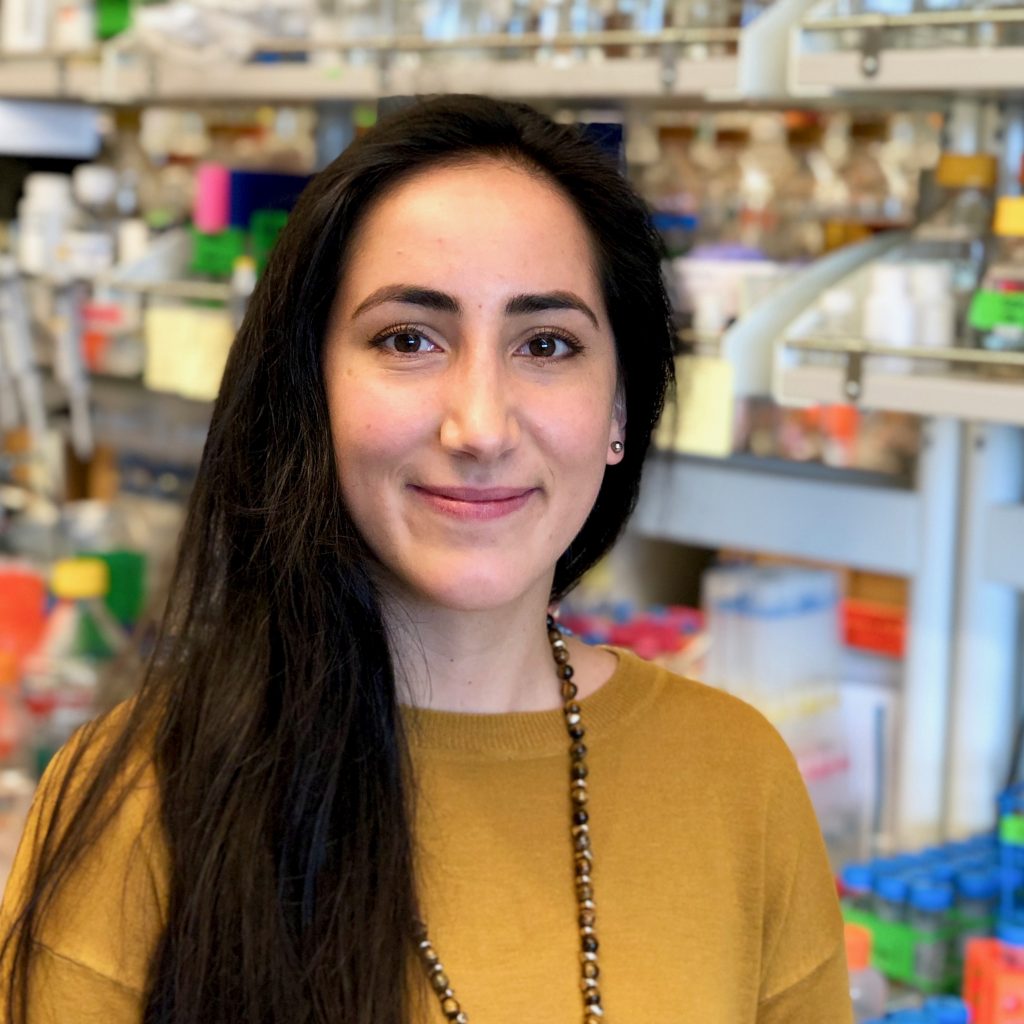
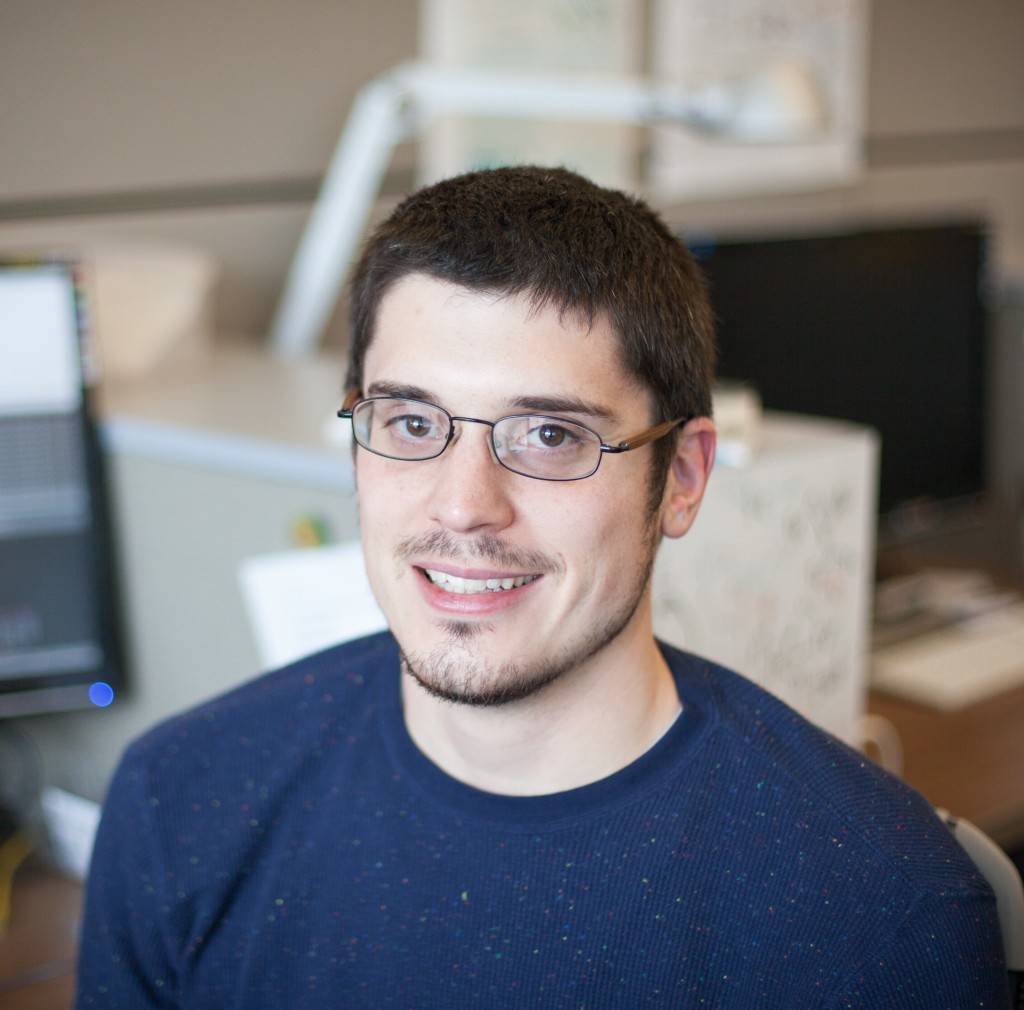

The team used advanced molecular design software to create proteins with custom lengths and surface chemistries. They also showed that these designed features can influence the formation and growth of calcium carbonate crystals, a key component of seashells and limestone. The process by which biomolecules such as proteins promote mineral growth is called biomineralization.
“By combining different imaging techniques, I could see the tiny crystals form around our proteins and grow bigger by the second.”
Baio Jin, PhD, co-lead author
Biology’s Role in Earth’s Carbon Cycle
Our research paves the way for future studies on calcium carbonate formation under biological conditions, which is a critical part of the global carbon cycle. This line of research could also help in the fight against climate change by offering new routes to large-scale and long-term carbon sequestration.
“Our designed proteins are an important step toward mimicking nature’s efficiency in carbon storage. While we’re not yet at nature’s level, we are gaining valuable insights that may inform the development of practical, scalable solutions for long-term carbon storage,” said Pyles.
Whether in human teeth or aquatic microbes, nature’s mineral-forming proteins contain irregular features that make them difficult for scientists to study, even with advanced instruments or the latest protein modeling tools like RoseTTAFold All-Atom. By designing new mineral-forming proteins from scratch, we hope to enable controlled research that will reveal the interplay between the living and nonliving worlds.
Addressing Climate Change
Combatting human-caused climate change will require many innovative solutions, including finding effective ways to remove carbon pollution from the environment. Organisms like kelp, algae, and trees naturally store carbon atoms in their tissues through photosynthesis, but their capacity for long-term storage is limited. In contrast, some aquatic microorganisms convert carbon in ocean water into calcium carbonate crystals using biomineralization, leading to sedimentation and limestone formation. However, this natural process is slow.
Integrating designed proteins into living organisms may one day accelerate limestone formation in the ocean, potentially transforming billions of tons of carbon pollution into enduring mineral deposits. Rigorous evaluations of the feasibility and environmental impacts of this research will be needed before any real-world application.
Keep an eye out for more updates from us and our colleagues as we continue to explore the potential of protein design to create solutions across medicine, technology, and sustainability.
Join Us
Are you intrigued by the prospect of using protein design to solve modern challenges? We invite you to join us or support our work.
Funding
This work was supported by numerous funding sources, including the United States Department of Energy Office of Science and The Audacious Project at the Institute for Protein Design. A full list of funders is provided in the paper.
Davila-Hernandez FA, Jin B, Pyles H, et al. Directing polymorph specific calcium carbonate formation with de novo protein templates. Nature Communications. 14 Dec 2023 [Open Access]


